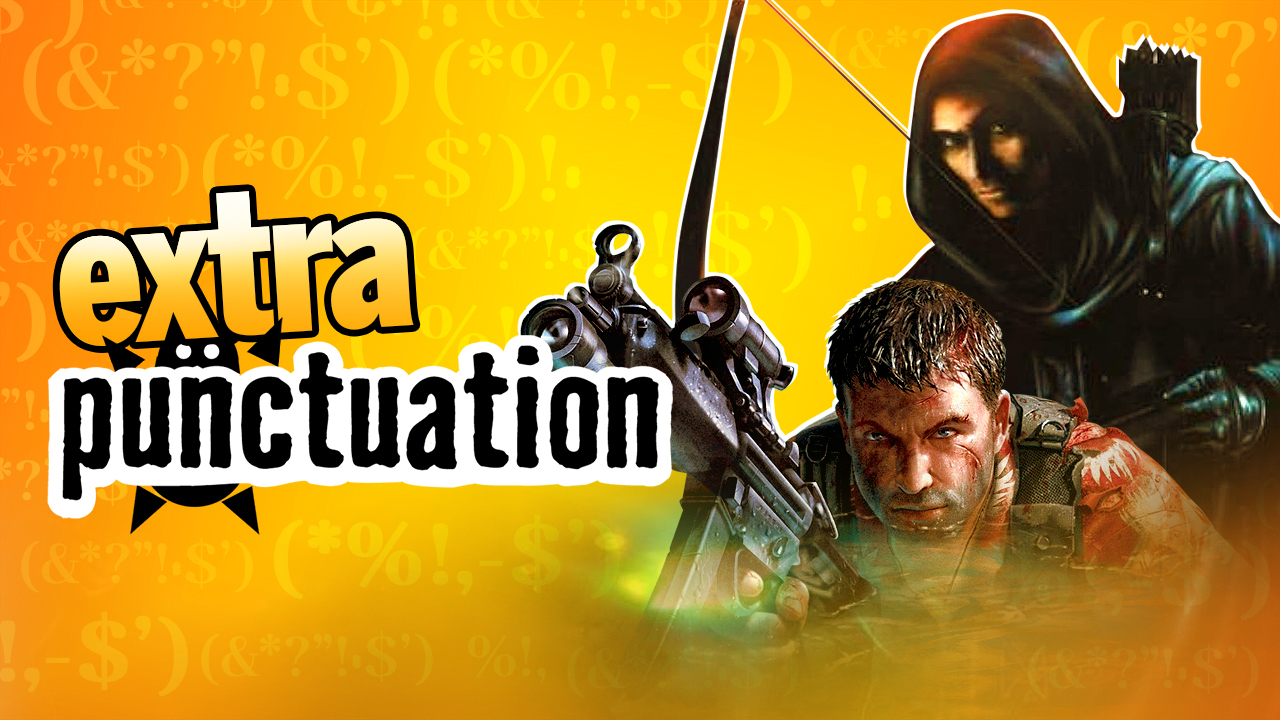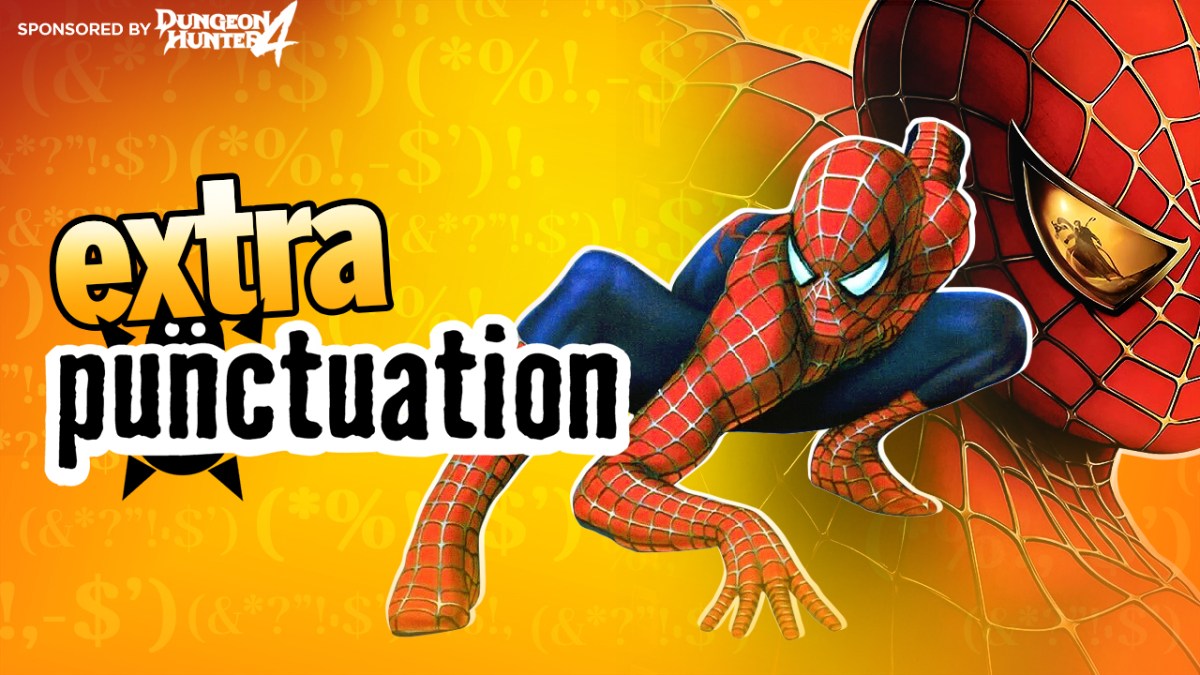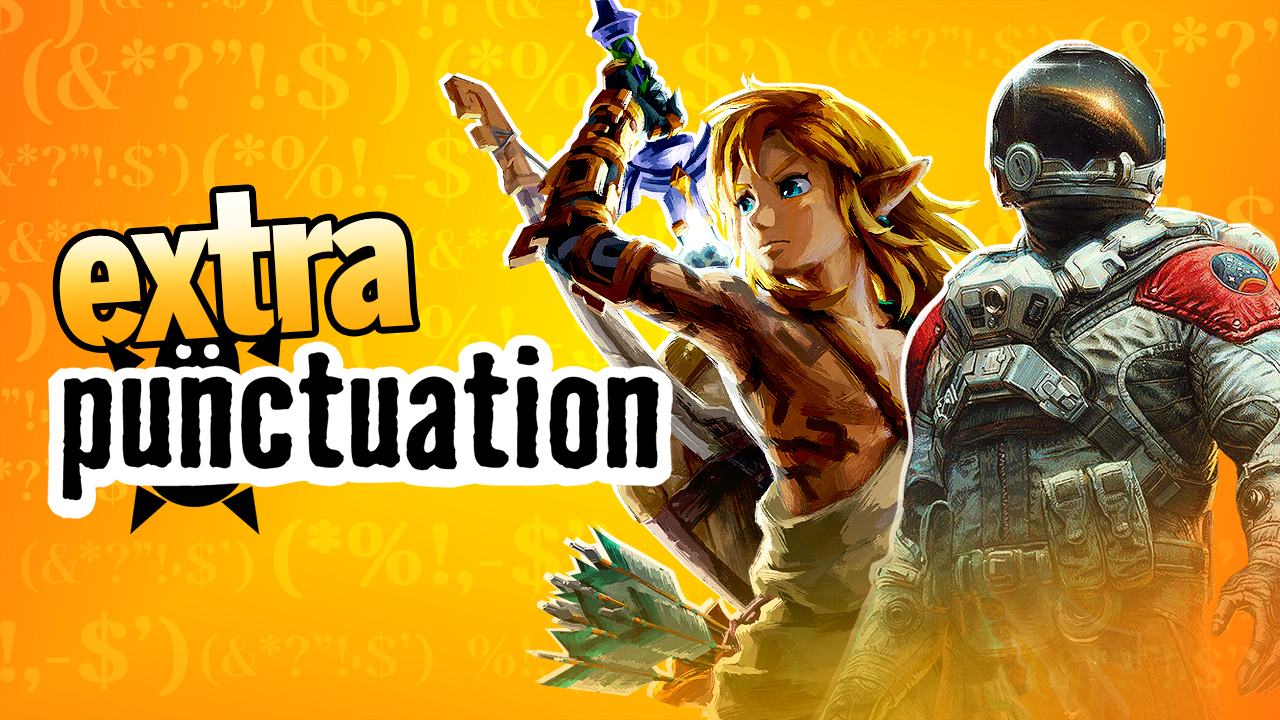
Ages ago I started work on, not so much a game, more an “interactive storytelling experience” (here I go wanking away) called Fork, which was based around the “gameplay” of a Japanese-style visual novel. The idea was, you had to make 6 choices, and each choice branched the story. The player was given as little detail as possible at the start, and each choice of action they made added detail that altered the context of the events. For example, you started off in a hospital reception area, and the first choice was whether to sit down and wait or walk down the hall to explore further. Choosing to sit implied that the player character understood the hospital to be functional, and would lead to the stories involving visiting sick friends, seeing a doctor or identifying a corpse. Choosing to explore implied that the player character was more confused about their situation, which led to stories in which the hospital was abandoned or closed, and you were there for various illicit reasons.
I never finished that project, partly because it would have involved writing 64 different stories, partly because the very fact that I was making a visual novel made the game designer part of my psyche want to tear itself out of my brain and throw itself into the fireplace. But I’ll tell you what Fork definitely wasn’t: it wasn’t non-linear storytelling.
I hate when people bring up the whole concept of “non-linear storytelling,” because there’s no such thing. Stories are linear by nature, it’s like asking for a cat with opposable thumbs. Fork would have just been a choose-your-own-adventure book you had to read 64 times to see all the content.
In my review of Heavy Rain I mentioned that I’d gone through the game expecting the plot twist of the killer’s identity to change depending on what decisions you made. Because, damn it, that’s what I would’ve done. Silent Hill 2 did something like this (and Silent Hill: Shattered Memories apparently does it even more, but I would remind my bothersome correspondents that third party Wii titles always seem to have legendarily long localization times and isn’t out in Australia ’til some time in April) – which ending you got depended on subtle differences in actions throughout the game that implied different things about the protagonist’s state of mind; running around with frequently low health made it more likely to get the suicide ending, etc. It’s a great example of marriage between gameplay and storytelling that also heightens the player’s paranoia once they realize the game is wordlessly judging them, which suits horror games down to the ground.
Getting back to Heavy Rain, though… I guess I just don’t see the point in this kind of interactive narrative if the choices we can make are merely altering specific events rather than the actual context. Surely the whole point of having the story play out differently depending on player choices is to add replay value, and once I realized that the important twists of the story are always the same, then what reason was there to play again? Going back to watch the alternative outcomes of certain scenes feels more like watching the extra features and alternative endings on a movie DVD.
I can’t speak for everyone – although I’m not too proud to try sometimes – but my feeling is that Heavy Rain was basically flawed on a concept level. I do think there could be something in this “interactive storytelling” business. I said mere weeks ago that by making large parts of it interactive the opening sequence of Bioshock felt greatly enriched, despite being completely linear. I just think Heavy Rain took a wrong turn with it and ended up in Glasgow.
Meanwhile, Fun Space Game: The Game progresses slowly. A lot of my time lately has been taken up with work, writing, using my seductive wiles and preparing to open the Mana Bar. The last one will hopefully be open by the time this goes out and will take up less of my worrying capacity, so perhaps I’ll have more time to pick up my game design hat.
Anyway, the build currently consists of a small asteroid cluster littered with the debris of a crashed ship, with five salvage crates scattered around that make a little thing pop up on the GUI when you collect them. The first problem I’ve run into is that it’s as boring as shit. This tends to be the way things go with game design; you can have all the theory in the world but the moment you put anything into practice it sprouts issues like a Chia pet.
Fortunately, I already have a solution in mind: I noticed that gameplay became a lot more invigorating if I maintained a constant speed of one-third maximum, forcing me to duck and weave around the debris, so instead of using the car-like movement I have now (accelerating gradually from a complete halt) I’m instead going to use a more flight-like movement mechanic in which the player must maintain a minimum speed. I’m thinking of just letting the player snap between three speeds – one-third max for fine maneuvering, two-thirds max for general purposes and max speed for traveling between areas. This’ll also give me an opportunity to change the current GUI I’m fast growing to despise.
The next job is to add the first big enemy from which the player must hide from among the garbage. The problem I’m foreseeing is the same thing that attracts me to space games: freedom. In most games, a player escaping the level terrain and falling into the sandbox is complete disaster, but in a space game, the player’s pretty much already in the skybox. If they want to fly in one direction for ten hours then let them. They’re not going to find shit, but at least they’re free to discover that for themselves. But if there’s a big enemy around, what, exactly, is keeping the player from just fleeing to a safe distance?
Currently the thought is to just insta-kill the player if they move too far away from the cover, and mumble something about advanced hitscan weaponry. It’s not a terrible solution, all it’ll take is a bit of dialogue to explain away, but it may create an impression in the player’s mind that these ships are always to be steered well clear of, which isn’t my intention. I’ll have to think on it. That may take some time.
Yahtzee is a British-born, currently Australian-based writer and gamer with a sweet hat and a chip on his shoulder. When he isn’t talking very fast into a headset mic he also designs freeware adventure games and writes the back page column for PC Gamer, who are too important to mention us. His personal site is www.fullyramblomatic.com.





Published: Mar 23, 2010 04:00 pm